In the context of the global tourism industry facing serious challenges of climate change, resource degradation and environmental pollution, shifting to sustainable and green tourism development has become an urgent requirement.
Within the framework of the 14th "Local Government and East Asia" Conference in Hue city, more than 200 delegates from 26 localities at home and abroad shared experiences and discussed solutions to protect the environment in the tourism industry, in which the sustainable tourism development model of Nara province, Japan, was introduced as a typical example.
Climate Change and the Need for Green Tourism
Climate change is one of the major threats to the tourism industry. Carbon emissions from tourism are estimated to reach 6.5 billion tons by 2025, accounting for about 13% of total global emissions (According to Nature Climate Change magazine) . Therefore, green and sustainable tourism not only helps to minimize negative impacts on the environment but is also an opportunity for the tourism industry to develop sustainably, bringing long-term value to both the community and the economy .

According to Ms. Phan Linh Chi, Deputy Director of the Vietnam National Administration of Tourism, sustainable tourism development not only protects the environment but also contributes to enhancing the value of Vietnam's tourism industry. The Vietnam tourism development strategy to 2030 aims to build tourism models that combine natural resource protection, cultural development and the creation of green tourism products that bring sustainable economic and social values.
Sustainable Tourism Model From Nara Prefecture, Japan
At the meeting, the tourism model in Asuka village, Nara prefecture, Japan was shared as a typical model of sustainable tourism development. Nara prefecture applies two parallel strategies: "Controlling development" and "Supporting development".
The “Development Control” model focuses on limiting the increase of construction works in the area. The Nara Prefectural Government does not encourage the construction of high-rise buildings or large structures, but instead encourages small structures that are suitable for the landscape and cultural heritage value of the village. In addition, structures that need to be repaired must go through a strict licensing process, use natural materials, and ensure harmony with the history and identity of the area.
Meanwhile, the “Support for Development” model focuses on financial investment in heritage conservation and nature protection. Every year, more than 3 billion yen is invested in forest protection and maintenance of historical structures. This model not only protects historical sites and natural landscapes, but also helps local communities develop sustainably, encouraging visitors to participate in environmental protection activities.
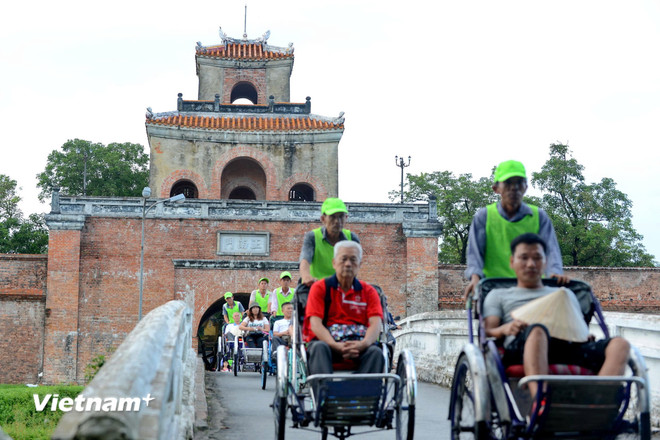
Local Cooperation and Commitment
In Vietnam, Hue is one of the pioneering cities in developing green and sustainable tourism.
According to Mr. Nguyen Thanh Binh, Permanent Vice Chairman of Hue City People's Committee, the city has implemented many models of eco-tourism, community tourism and zero-waste tourism to protect the environment and improve the quality of life for the local community. These activities not only protect cultural heritage values but also encourage tourists to participate in environmental protection activities.
Ms. Phan Linh Chi said that Vietnam is currently focusing on environmental protection programs in the tourism industry, such as the "Go Green" campaign and sustainable tourism standards such as the Green Lotus label. These programs aim to raise awareness among the community and businesses about developing green tourism, protecting the environment and encouraging responsible tourism models.
One of the key messages from the meeting was the need for cooperation between countries and localities in the East Asia region to develop sustainable tourism. Delegates recognized that only close cooperation between governments, businesses and communities can create a sustainable tourism industry. International cooperation programs, such as participating in the development of ASEAN sustainable tourism standards, will be a solid foundation for countries in the East Asia region to achieve common goals.
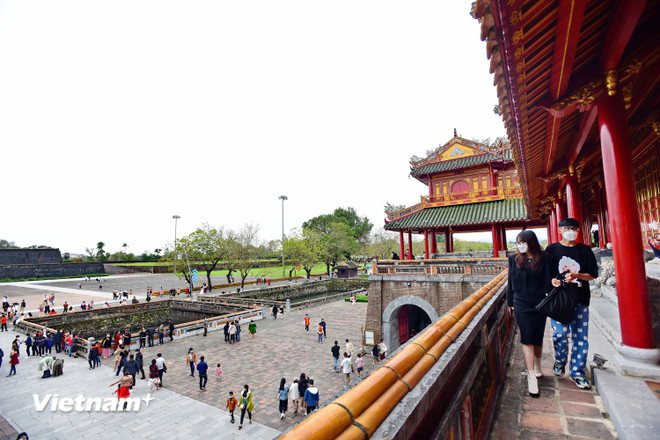
With strong commitments from governments, international organizations and the business community, green and sustainable tourism is not only a trend but also a long-term strategy to help the tourism industry develop strongly and sustainably. The models shared at the meeting, such as the sustainable tourism model of Nara Prefecture, are proof of the successes that can be achieved when localities and countries cooperate for a common goal: environmental protection, sustainable development and bringing long-term benefits to the community./.
Source: https://www.vietnamplus.vn/phat-trien-du-lich-xanh-va-ben-vung-huong-di-tu-mo-hinh-tinh-nara-cua-nhat-ban-post1042931.vnp








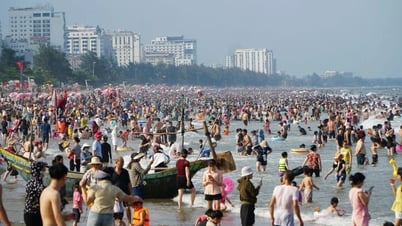

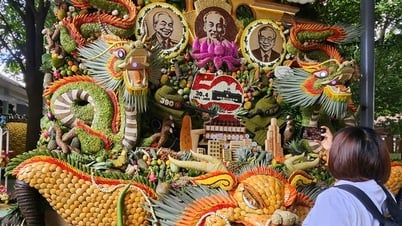




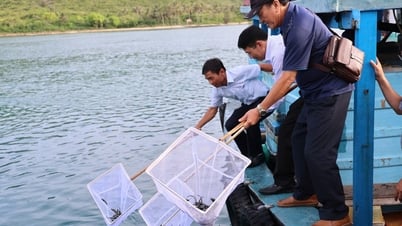

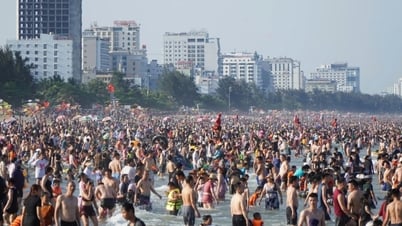






































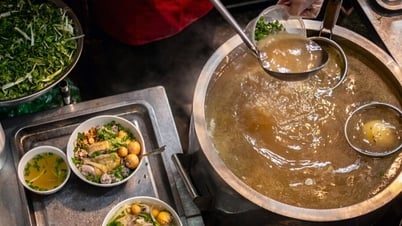







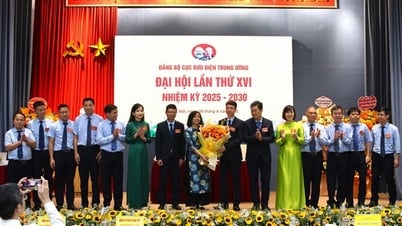






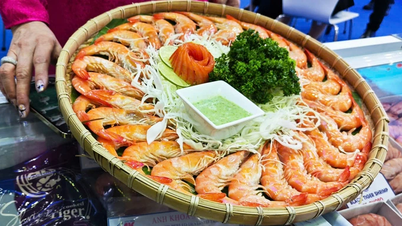

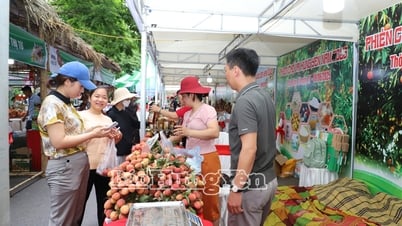



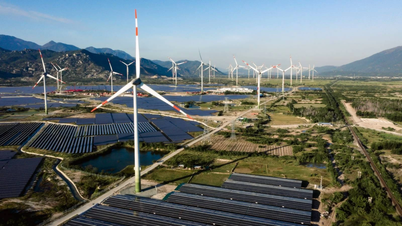
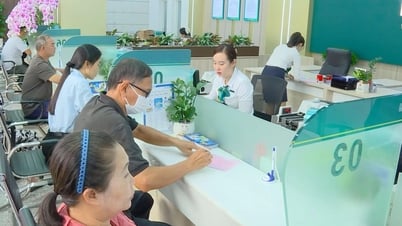








![[OCOP REVIEW] Tu Duyen Syrup - The essence of herbs from the mountains and forests of Nhu Thanh](https://vphoto.vietnam.vn/thumb/402x226/vietnam/resource/IMAGE/2025/6/5/58ca32fce4ec44039e444fbfae7e75ec)







Comment (0)